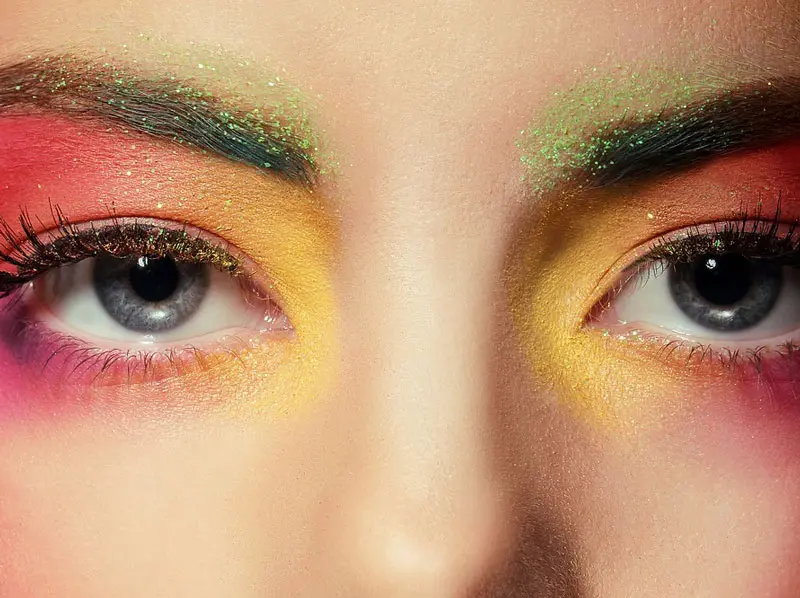Management & Assessment of Cosmetic Raw Material Documentation
Contact us today to see how we can help
For more information on how Delphic HSE can help to develop and maintain your full-scale Raw Material portfolio, please contact your dedicated Account Manager or complete the form below.
The assessment of legal compliance of a Cosmetic Formulation is a critical step in the development and launch pathways and involves a large number of considerations. At the most basic level, the individual chemical ingredients (INCIs) must comply with any specific regulatory restrictions in the intended countries of sale. This could include avoiding being on any negative, prohibited, substance lists, being present on any relevant positive, approved, lists and meeting the usage restrictions for any controlled lists.
COSMETIC INGREDIENTS
Safety and regulatory implications
Above and beyond what is mentioned above, however, the practical determination of whether any specific ‘Grade’ of Raw Material from any given supplier must also be addressed – and has both safety and regulatory implications. Many Cosmetic Ingredients have restrictions that relate to the ‘Specification’ and ‘Impurity Profile’ of the substance, which can only be checked in relation to the Grades of Raw Material being used in the product. A common, but in no way unique, example of this is Pigments – and we will demonstrate one example below to highlight the importance (D&C Yellow 10, also known as CI 47005).

USE OF RAW MATERIALS
Pigment example
The EU Cosmetic Regulation permits this Pigment without restriction, so long as it meets the Purity Criteria set out within EU Food Additive Legislation. The relevant entry, amongst other things, specifies the proportion of the different chemical salts that make up the primary Pigment Material:
Of the total colouring matters present:
- Not less than 80 % shall be disodium 2-(2-quinolyl) indan-1,3- dione-disulfonates
- Not more than 15 % shall be sodium 2-(2-quinolyl) indan-1,3- dione-monosulfonates
- Not more than 7,0 % shall be trisodium 2-(2-quinolyl) indan-1,3- dione-trisulfonate

D&C Yellow 10 is also a permitted Cosmetic Pigment within the United States of America, excepting the Eye Area and subject to Certification. It also contains restrictions that specify the proportion of different chemical salts, albeit through a different mechanism and ratio:
- Sum of sodium salts of the disulfonates of 2-(2-quinolinyl)-1H-indene-1,3 (2H)-dione, not more than 15 percent
- Sum of sodium salts of the monosulfonates of 2-(2-quinolinyl)-1H-indene-1,3 (2H)-dione, not less than 75 percent
- 2-(2,3-Dihydro-1,3-dioxo-1H-indene-2-yl)-6, 8-quinolinedisulfonic acid, disodium salt, not more than 3 percent
Determining whether any one grade of D&C Yellow 10 can therefore be utilised in one or more of the intended regions of sale is, therefore, not a straightforward process.
COSMETIC FORMULATION
Internal standards and policies
In addition to the multitude of Regulatory Requirements that must be met, many companies have internal standards and policies that also place an emphasis on the Grade of Raw Materials used within a Cosmetic Formulation. For example, this may be to ensure that:
- Additional Substances of Concern (from internal, client or consumer body ‘Black Lists’) are not present
- Ensure that they meet any Company-wide Policies or Certifications (such as animal-testing)
- Ensure they meet any Product or Claim specific Policies or Certifications (such as Halal, Organic, etc)

With a dedicated team of in-house Regulatory Compliance Specialists, and Toxicologists, Delphic HSE can help clients Manage their entire Raw Material Portfolio; from meeting the needs of the Regulatory Restrictions in Major Markets to key Company Policies and Standards. This service can be offered at one of two levels:
- Client is responsible for gathering and collating their Raw Material Documentation, which is then reviewed by Delphic HSE
- Delphic HSE take over responsibility for gathering the data from the clients supply chain directly, and will liaise with suppliers to fill any data gaps.
Either approach can be undertaken by Delphic HSE as a ‘one-off’ to provide a Gap Analysis and bring a clients Portfolio to a high standard. Alternatively, Delphic HSE can provide this service as a retained, ongoing offering – with the support of a dedicated account manager who will ensure your Raw Material Portfolio is brought up to specification and then remains so through regulatory, policy and certification change and as new Raw Materials may be brought into your Portfolio.
“Delphic HSE has been an incredible partner to work with. Their knowledge and expertise of cosmetic safety, compliance, and quality is unquestionable and has been a tremendous asset to our business. There is no one else we’d rather work with.”
Our credentials
First established
2007
Active Clients
500+
Clients from over 45 countries
Number of RP Clients
50+
Number of toxicologists
30+
Number of different RP products
3000+
International Offices
6
Database of substances
25,000+
Number of Regulatory and dedicated support staff
20+
Growth per year
30%
Leading TAT
2 day, 5 day & 10 day
Combined years in field of science
350+
Working with entire supply chain
Retail, Manufacturer, Distributors, Ecommerce & Government
Client satisfaction for training
90% - 100% positive approvals